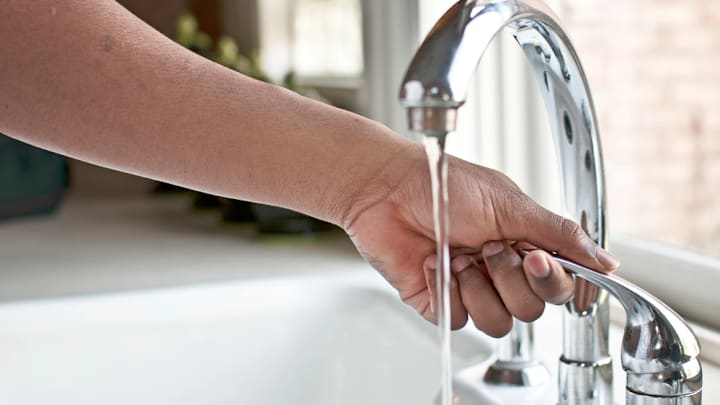Fixing a Leaky Faucet in 10 Minutes

Drip. Drip. Drip. That constant sound of a leaky faucet is more than just annoying—it’s also wasting water and increasing your utility bill. The good news? You don’t need to call a plumber or spend a fortune on repairs. In most cases, you can fix a leaky faucet yourself in about 10 minutes with just a few basic tools.
Ready to stop the drip? Here’s how to do it quickly and easily.
Step 1: Gather Your Tools
Before you start, make sure you have:
✔ Adjustable wrench
✔ Phillips and flathead screwdriver
✔ Replacement washers or O-rings (available at any hardware store)
✔ Plumber’s grease (optional but helpful)
✔ A towel or bucket (to catch any water)
Step 2: Turn Off the Water Supply
Find the shutoff valves under the sink and turn them clockwise to stop the water flow. If you don’t see shutoff valves, turn off the main water supply to your home. Then, turn on the faucet to drain any remaining water.
Step 3: Remove the Faucet Handle
Use a flathead screwdriver to carefully pry off the decorative cap (if your faucet has one). Underneath, you’ll find a screw—use a Phillips screwdriver to remove it. Once the screw is out, gently pull off the handle to expose the inner parts.
Step 4: Take Out the Cartridge or Washer
Depending on your faucet type, you’ll see either a cartridge, ball, or washer inside:
- Compression faucets (the most common culprit for leaks) have a rubber washer inside.
- Cartridge or ball faucets use O-rings instead of washers.
Use an adjustable wrench to loosen and remove the packing nut, then pull out the stem or cartridge.
Step 5: Replace the Washer or O-Ring
Check the washer or O-ring for signs of wear—if it looks cracked, flattened, or damaged, that’s likely the cause of your leak. Replace it with a new one of the same size, and apply plumber’s grease to help create a watertight seal.
Step 6: Reassemble and Test
Put everything back together in the reverse order:
- Insert the new washer or O-ring.
- Secure the cartridge or stem.
- Tighten the packing nut.
- Reattach the handle and screw.
- Snap the decorative cap back in place.
Turn the water supply back on and slowly open the faucet to test for leaks. If the drip is gone—congratulations, you just fixed your faucet in under 10 minutes!
When to Call a Plumber
If your faucet is still leaking after replacing the washer or O-ring, the issue could be with the valve seat or internal plumbing. In that case, it may be time to bring in a professional.
No More Dripping—Just Savings
A leaky faucet can waste hundreds of gallons of water per year, but fixing it is quick, easy, and saves you money. With just a few tools and a little know-how, you can silence that annoying drip and keep your plumbing in top shape. So go ahead—grab your wrench and take charge of that faucet!